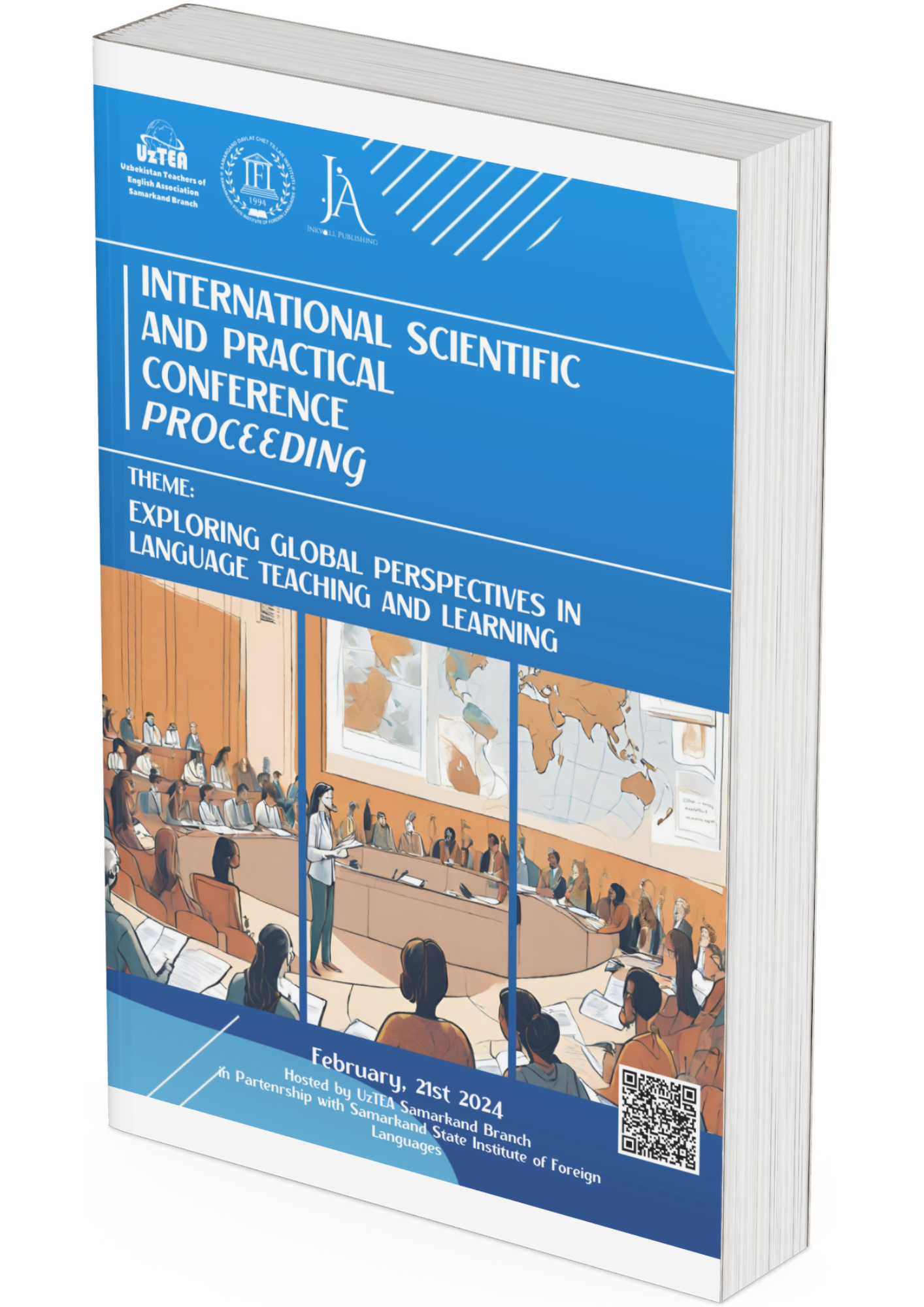EMBRACING DIGITAL MEDIA: ENHANCING ENGLISH CLASSROOM TEACHING IN THE GLOBAL CONTEXT
DOI:
https://doi.org/10.2024/b0a7nt95Keywords:
Digital Media-English Language Classroom-Teaching-Strategies-Improve ProficiencyAbstract
The integration of digital media in English language teaching has significantly enriched global classroom practices. It enhances language acquisition, promotes authentic communication, and fosters cultural understanding. Digital tools like videos, podcasts, and online platforms create immersive learning experiences. They also develop critical digital literacy skills, empowering students to participate in their learning journey. Digital media also fosters global connections and collaboration, allowing learners to engage in authentic communication with peers and speakers worldwide. This shift represents a paradigm shift in English language education, preparing learners for active global participation. Integrating digital media into the language classroom can greatly enhance engagement, interaction, and learning outcomes.
References
Blake, R. J. (Ed.). (2016). Brave New Digital Classroom: Technology and Foreign Language Learning (2nd ed.). Georgetown University Press.
Chapelle, C. A. (2003). English language learning and technology: Lectures on applied linguistics in the age of information and communication technology. John Benjamins Publishing.
Dudeney, G., Hockly, N., & Pegrum, M. (2013). Digital Literacies: Research and Resources in Language Teaching. Pearson Education.
Godwin-Jones, R. (2019). Enhancing Learning with Online Resources, Social Media, and Digital Librarie
Downloads
Published
Conference Proceedings Volume
Section
License
Copyright (c) 2024 Dr K G B Santhosh Kumari (Author)

This work is licensed under a Creative Commons Attribution 4.0 International License.









